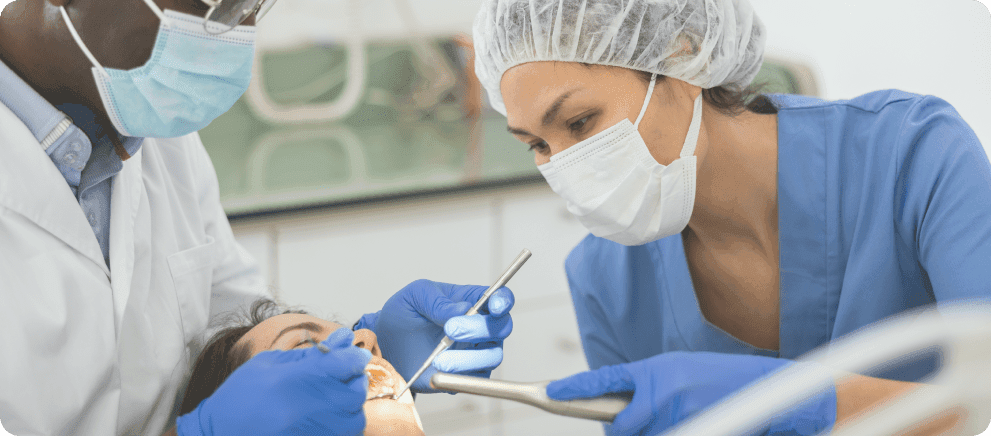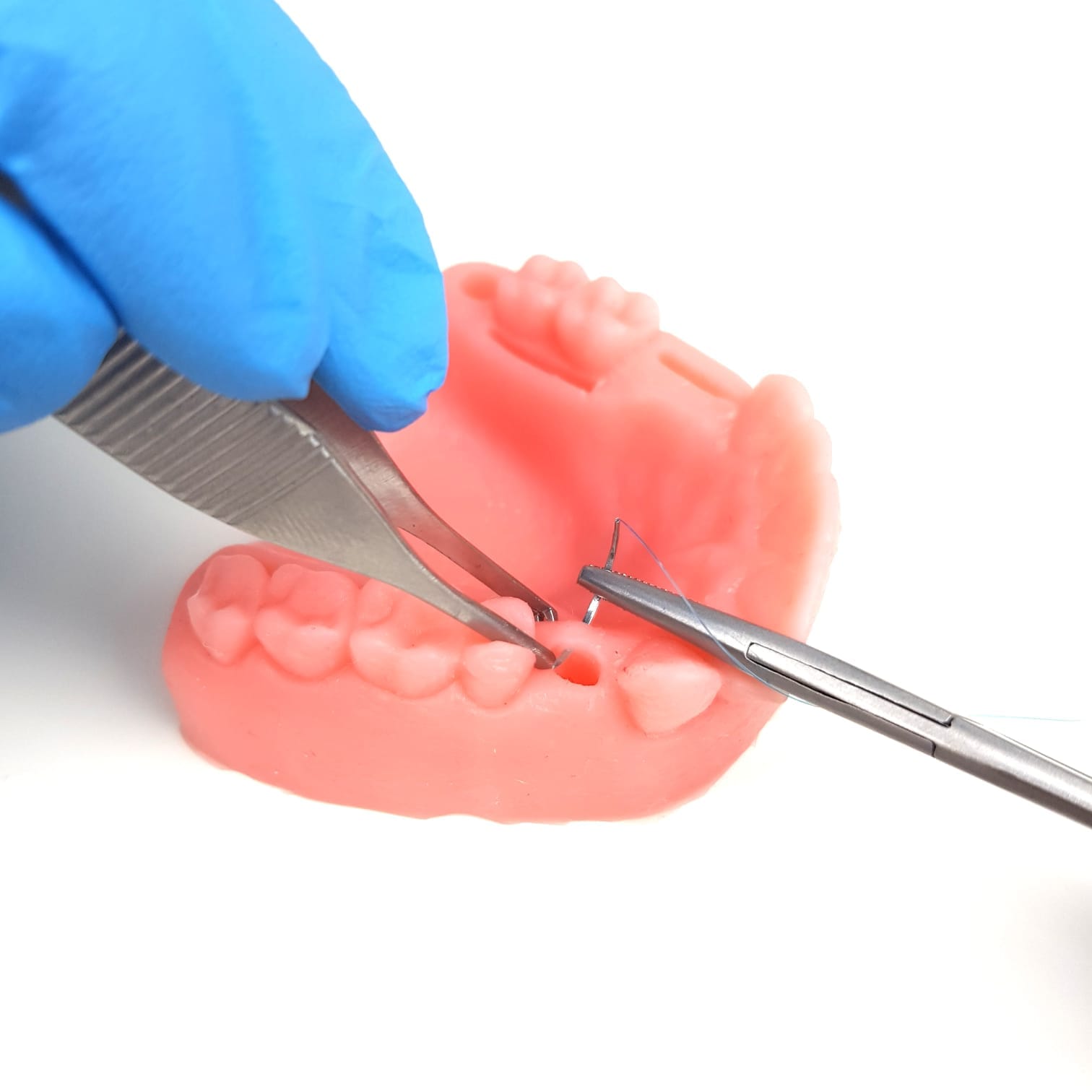For low-income adults, accessing affordable dental care can often feel like an uphill battle. Fortunately, Medicaid, the government health insurance program designed for those with limited incomes, offers a crucial pathway to obtaining essential oral health services. But what exactly does Medicaid cover when it comes to dental benefits for adults? The answer is complex, as coverage varies significantly from state to state.
The Landscape of Medicaid Dental Benefits
While Medicaid mandates dental coverage for children, adult dental benefits are optional. This means states have the flexibility to determine what services they provide. Currently, less than half of the states offer comprehensive dental care to adults enrolled in Medicaid. Many states provide only limited benefits or emergency services, leaving millions of low-income adults without access to vital preventive care and treatment.
Recent Improvements in Coverage
The landscape of adult dental coverage under Medicaid has seen positive changes in recent years. As of 2023, 39 states and Washington D.C. provide at least some level of dental benefits beyond just emergency services for adult enrollees. Several states have expanded or enhanced their coverage since 2020, making it essential for adults on Medicaid to understand what is currently available to them.
Variability in Coverage by State
States exercise considerable discretion in defining the scope of dental services covered under their Medicaid programs. The range of benefits can include:
- No Coverage: Some states, such as Alabama and Tennessee (prior to 2023), offer no dental coverage at all for general adult enrollees.
- Emergency-Only Services: States like Florida and Mississippi restrict coverage to emergency dental services aimed at relieving pain and infection.
- Limited Services: States such as Texas and South Carolina provide a limited set of services, covering fewer than 100 diagnostic, preventive, and minor restorative procedures. Annual spending caps are typically set at $1,000 or less per patient.
- Extensive Coverage: An increasing number of states, including California, New York, and Washington, now offer a more comprehensive mix of dental services for adult Medicaid recipients. This includes diagnostic, preventive, and major restorative procedures with annual limits often exceeding $1,000 per person.
As of 2023, seven states plus Washington D.C. are categorized as providing “extensive” adult dental benefits through Medicaid—an increase from just three states in 2020. However, most states still fall into the “limited” coverage category.
Specific Procedures Covered
Even within these categories, the specific procedures covered can vary widely by state. Common dental services that may be included in adult Medicaid plans are:
- Exams and X-rays
- Cleanings
- Fillings
- Extractions
- Root canals
- Crowns
- Dentures
- Periodontal (gum) treatment
To find out exactly what dental benefits are available, Medicaid enrollees should check with their state Medicaid agency. Most states provide detailed information on adult dental coverage and participating providers through their Medicaid websites or member handbooks.
Specialized Benefits for High-Risk Populations
In addition to general coverage for adult enrollees, some states offer enhanced dental benefits for specific higher-risk populations on Medicaid:
- Pregnant Individuals: Gum disease during pregnancy is linked to serious outcomes like premature birth and low birth weight. As of 2022, all states offer some level of dental coverage for pregnant Medicaid recipients; however, the extent of services varies.
- Elderly and Disabled Adults: Poor oral health among older adults and those with disabilities can exacerbate chronic health issues and diminish quality of life. Some states have expanded dental benefits specifically for these groups.
- Adults with Chronic Conditions: Research indicates that providing dental care to Medicaid enrollees with conditions like diabetes and heart disease can improve health outcomes and reduce medical costs. A few innovative states have piloted specialized dental coverage for these populations.
Targeting dental benefits toward high-risk adult populations on Medicaid can be a cost-effective strategy for improving overall health outcomes. Nevertheless, many advocates argue that all low-income adults deserve access to comprehensive oral health care.
The Impact of Dental Coverage on Health Outcomes
Studies demonstrate that providing dental insurance through Medicaid significantly enhances access to care and improves oral health status among low-income adults. For instance:
- Adults in states with extensive Medicaid dental benefits are more likely to visit a dentist and less likely to experience untreated tooth decay compared to those in states with no or emergency-only coverage.
- Following Colorado’s addition of extensive adult dental benefits in 2014, enrollees were 2-3 times more likely to receive preventive care.
- In California, after reinstating benefits in 2018, utilization of dental services among Medicaid adults doubled.
Increased access not only leads to improved oral health outcomes but also reduces rates of tooth loss.
Barriers to Accessing Dental Care
Despite the expansion of Medicaid adult dental benefits, significant barriers remain. Approximately one-third of dentists nationwide accept Medicaid patients due to low reimbursement rates and administrative burdens. This situation makes it challenging for enrollees to find providers—especially in rural or underserved areas.
To encourage greater participation from dentists, raising payment rates for Medicaid dental services could be beneficial. States might also consider implementing reforms such as:
- Streamlining provider credentialing and claims processes
- Recruiting more dental providers in shortage areas
- Authorizing new mid-level dental providers to expand capacity
- Educating Medicaid members about their benefits and how to access care
Oral health advocates continue advocating for policy changes at both state and federal levels aimed at strengthening adult dental coverage within Medicaid. Proposals include making comprehensive adult dental benefits a mandatory service nationwide and providing additional funding to support implementation efforts.
Conclusion: The Path Forward
Dental coverage for adults under Medicaid is gradually improving but still varies widely across states. While more states have added or enhanced their benefits in recent years, millions remain uninsured or underinsured regarding essential dental care.
Medicaid enrollees should actively check with their state programs to determine what specific services are covered and how they can access care from participating providers. Advocates must continue educating policymakers about the critical importance of comprehensive dental benefits for all adults enrolled in Medicaid.
The evidence is clear: Providing extensive dental coverage through Medicaid not only improves access but also enhances health outcomes and quality of life for low-income adults. Investing in preventive and restorative care is not just beneficial; it’s a cost-effective strategy that can reduce expensive emergency visits while promoting overall health—because oral health is an integral part of overall well-being.














